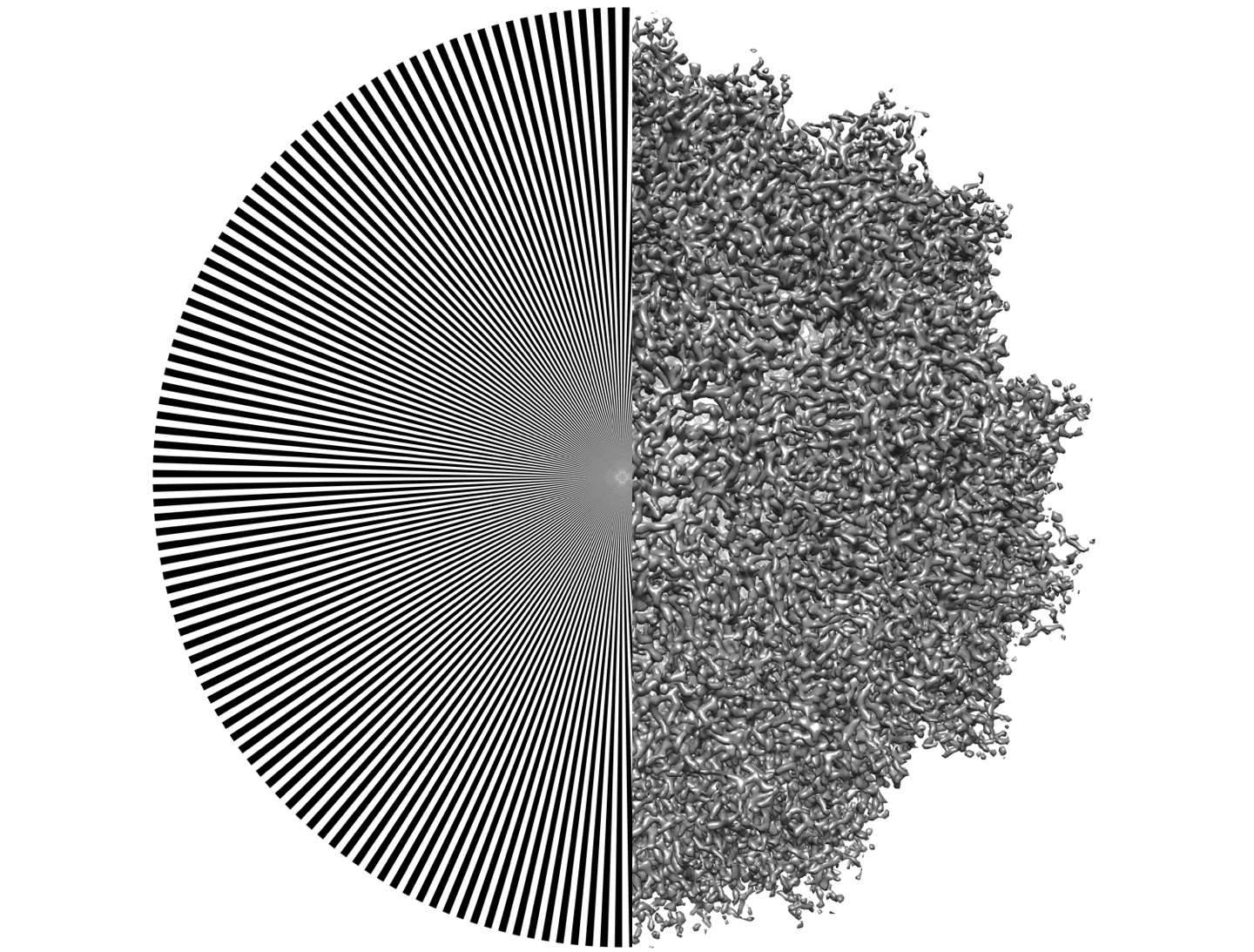Cryo-electron microscopy
Cryo-electron microscopy (cryo-EM) is the method for structure determination of biomolecules. In recent years, cryo-EM has revolutionized structural biology by providing unprecedented insights into structure of biomolecules not amenable to crystallization or characterization by NMR. The 2017 Nobel Prize in Chemistry was awarded for developing cryo-EM for the high–resolution structure determination of biomolecules in solution (Nobel Prize in Chemistry 2017). In cryo-EM, the beam of high-energy electrons scatters at the specimen embedded in vitreous ice producing images on the detector. The images correspond to the 2-D projections of the vitrified macromolecules. These images are then used for the reconstruction of 3-D structures of the macromolecules using various mathematical algorithms. With recent advances of direct electron detectors, improvements of the microscope optics, and developments in image processing and structure calculation algorithms, it is now possible to obtain structures of macromolecular complexes with local resolution reaching less than 2 Å. These advances allow for the analysis of drug interactions with protein/nucleic acid targets and show the strong potential of cryo-EM for structure-based drug design.


 CryoEMcorp
CryoEMcorp